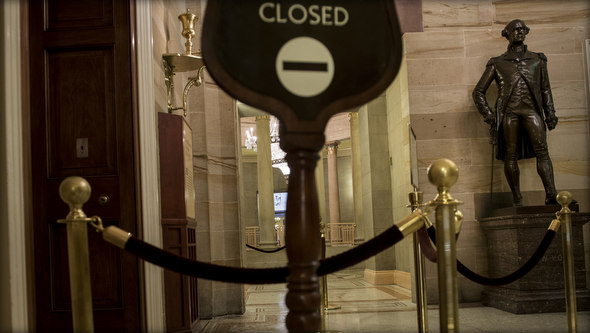I thought it was worth a separate post because it discusses representation in the House, and it uses as an example a House Representative from the Tea Party wing of the Republican party, Justin Amash:
 |
| Rep. Justin Amash. Image: Wikimedia Commons |
He has a wide following on social media, which he uses to communicate directly with his constituents, explaining every vote he casts, in detail, on his Facebook page. Mostly, Amash votes no – including 136 times against the Republican Party line. Visiting the congressman that afternoon in his office – decorated with a framed poster of Ayn Rand – I ask him how he can so casually defy leadership. "Why be for leadership?" Amash asks. "It's more popular in your district to be against leadership. Better just to vote your constituency."Great for using as an example in Unit 4C when discussing Congressional representation.
The article also discusses at length the how the Tea Party wing of the Republican Party has essentially taken over, by creating a separate group in Congress it calls the Republican Study Committee, which has 174 of 232 House Republicans. This is the group who is apparently running the show when it comes to the current budget crisis.
Specifically this would be a useful example when discussing the different factions of the two political parties.
The article also goes on to describe how otherwise loyal republicans are now branded "RINOS" (Republicans in Name Only), even if they have been given a 97% loyal rating by the American Conservatives Union - the example given is House Rules Committee Chair Pete Sessions.
A final area which G & P students should find useful is how the removal of "pork barrel" spending (a subject of a 15-mark question in Unit 4C) has meant that the leadership of the parties (or specifically in this case the Republicans) have much less leverage over their members.
Few!


